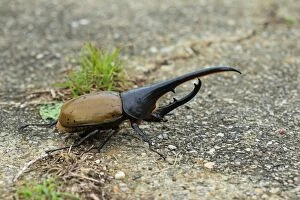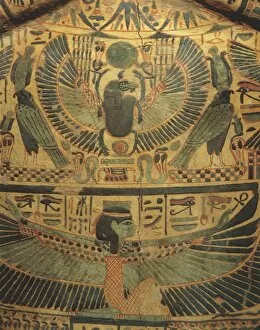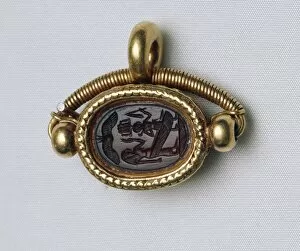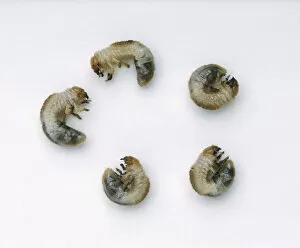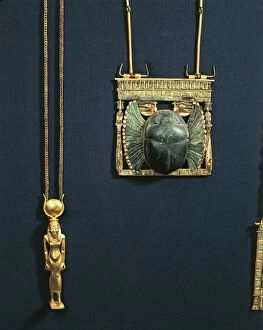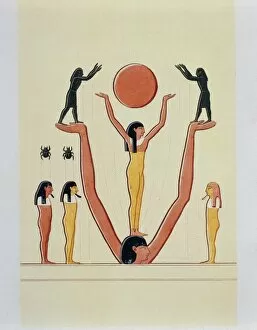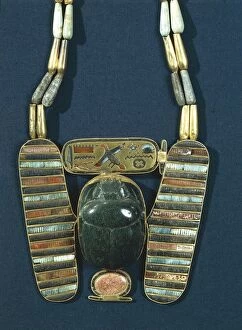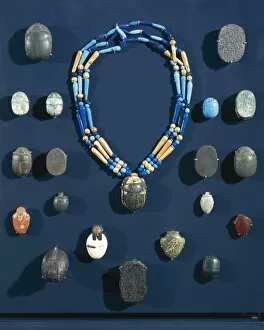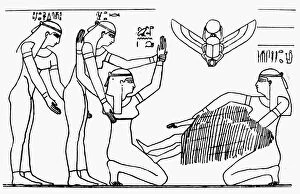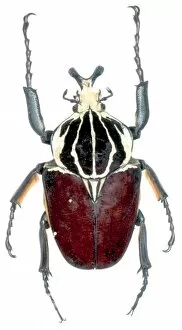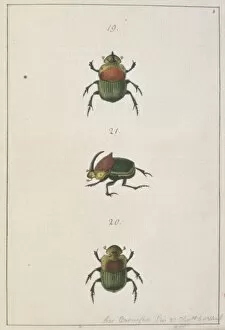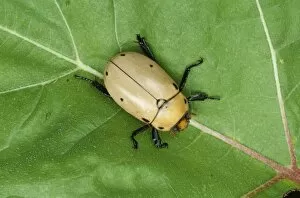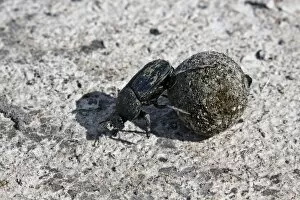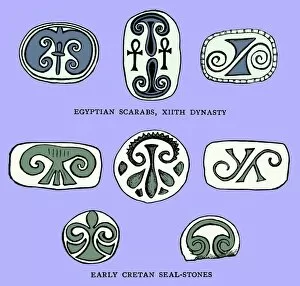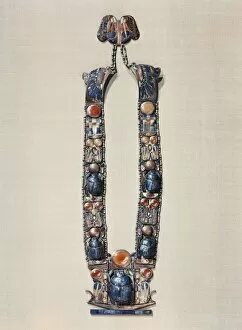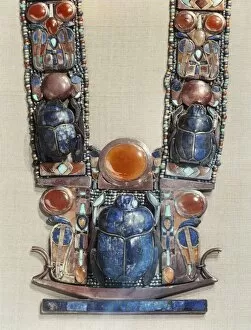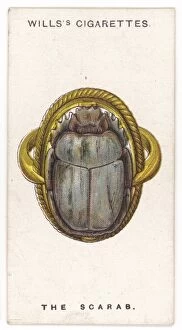Scarab Collection (page 9)
The scarab, also known as the silver chafer beetle or Chrysina limbata, holds a significant place in ancient Egyptian culture
For sale as Licensed Images
Choose your image, Select your licence and Download the media
The scarab, also known as the silver chafer beetle or Chrysina limbata, holds a significant place in ancient Egyptian culture, and is often depicted on pectorals decorated with winged scarabs, symbolizing protection by the goddesses Isis and Nephthys. These sacred beetles were believed to bring good luck and ward off evil spirits. One remarkable example of this symbolism can be seen in a pectoral made of gold cloisonné adorned with semi-precious stones and glass-paste, featuring a majestic winged scarab. This exquisite piece originates from Mt. Egypt and is associated with Lakes Scarab and Egypt, as well as Haiduk Mountain and Lake. In the Book of the Dead, an ancient Egyptian funerary text, scarab beetles are mentioned multiple times for their association with rebirth and resurrection. They were considered powerful amulets that would guide souls through the afterlife safely. Not limited to ancient Egypt alone, scarabs have been found in various cultures throughout history. For instance, there is evidence of their presence in Japanese artistry like the Japanese Rhinoceros beetle male (Allomyrina dichotoma dichotoma) found in Guangshui province in China. Even today, these fascinating creatures continue to captivate us. The glorious scarab (Chrysina gloriosa) can be observed flying under controlled conditions in Brewster County, Texas USA. Their iridescent colors shine brightly against any backdrop. The beauty of these insects has inspired artists across time; an 1898 depiction showcases how they were incorporated into Ancient Egyptian decoration—an art form that still mesmerizes us today. Lastly, it's worth mentioning another member of the beetle family—the bee beetle (Trichius fasciatus). Often found on flowers due to its pollinator nature—a reminder that even small creatures play vital roles within ecosystems.




